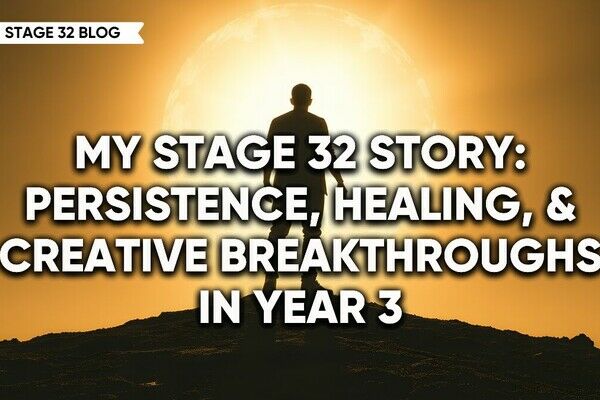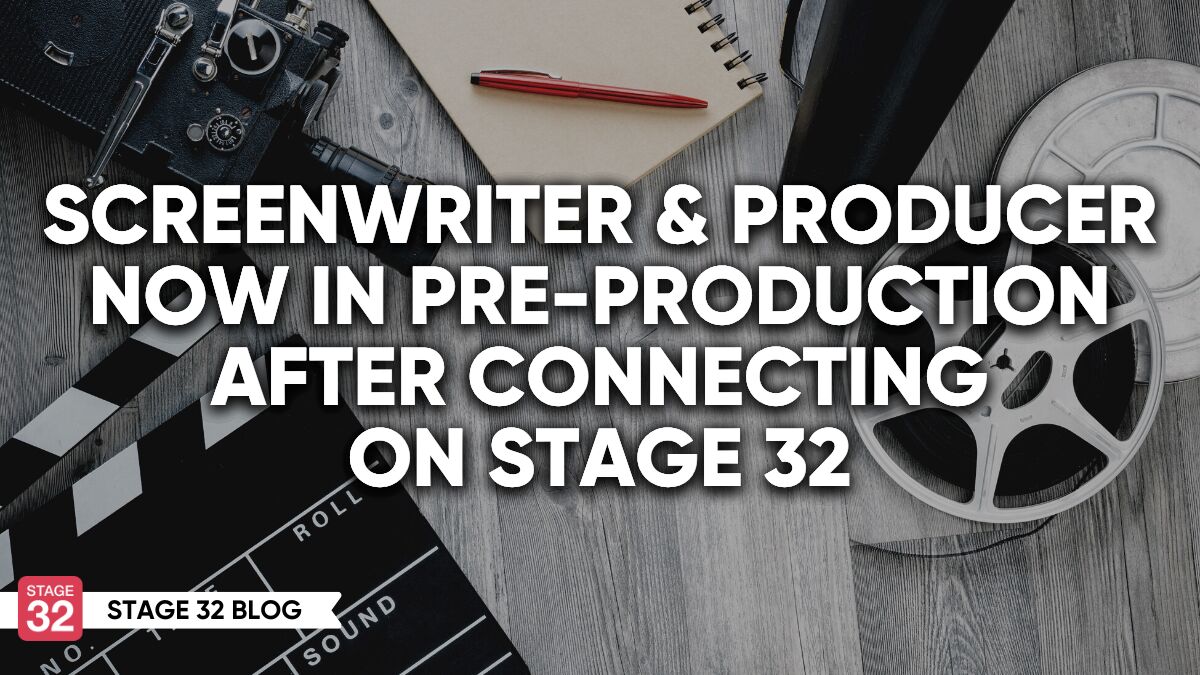How Writing Your Pitch Deck Will Improve Your Pilot Script
When considering projects for development they often arrive at different stages. A lot of the time there is a pilot script and a rough idea for how the rest of the show will play out. But when it comes to presenting your work to an executive, the pitch deck becomes essential. This can sometimes take weeks or even months to get right, but over the years I’ve always seen one thing come out of the process – the whole project improves. If you’re doing your pitch deck right, there are several reasons why this will make your project the best version of itself that it can be before pitch day.
Condensing A Whole Show Into A Pitch Deck
You’ve lived with these characters, the world, events, twists, and turns of the show (the 3am “great idea” which may-or-may-not survive the first cup of coffee a few hours later) but you need to condense this into something that someone else can easily grasp in a few pages. Therefore, you need to get all of this out so you can start making sense of it. Multiple notepads, walls covered in prompt cards connected together with string, and post-it notes on the kitchen table, lots of writers have different processes for figuring out the bigger picture of their show. But this step is crucial for you to make sense of it not just for yourself, but for someone else.
Imagine this as tipping all the jigsaw pieces out of the box and onto the table so you can start to put the picture together. It's messy, but it’s the easiest way to get this step done.

Transforming “Ideas” Into A Workable Show
Once you have laid out your show out like this you can see where the plot holes are, where there are continuity errors, and what is working for your project and what isn’t. I’ve had projects at this stage where there was so much information on plotlines and character trajectories, there were multiple versions of storylines that didn’t match coming up all the time. In another, this process revealed that while the concept was strong at the beginning of the project and the ending was satisfying, the second act was severely lacking any substance that would result in audiences getting bored and leaving the show.
During this process a strange thing happens – your show is no longer “just an idea”. You’re thinking about how it's going to play out, how will an audience see these characters and their journeys and what will an audience member’s overall experience of your show look like. Which is exactly what your executive reading this will be thinking.
What Your Reader Is Thinking
Your draft may still be a mess at this point, but your show is now starting to answer the questions your reader will have. Crucially, in a way that is easier to explain. When working with writers and creatives, the approach to pitch deck writing I always endorse is to treat the executive reading this as “audience member number 1”. If you can transport an executive from sitting at their desk to being immersed in the world you have created and invested in the characters and story, you’ve won half the battle. So when you’re crystallizing the ideas of your show into their truest forms, this will enable you to convey complex ideas and emotions in ways that are quick and easy to digest. If your reader can grasp these complex ideas in a way that makes them think “I totally get this” they will understand how the audience (their ultimate end-user) will get it too.

How This Helps Your Pilot
I regularly see pilot scripts that have way too much crammed into one episode. Sometimes to the point where they are wall-to-wall plot exposition, mind-boggling numbers of characters to remember, and set up with little or no emotional center or character development. But you don’t have to explain or set up every detail that will become important later in the show. Nine times out of ten when an executive is presented with a pitch deck and a pilot script for a show, they will read the pitch deck first. What this means for you is that the reader will know all of those plot points which are essential to the whole-season experience before reading your pilot, so you don’t have to try to include every single one in there.
You can then write your pilot as a contained introduction to your characters, the world, and themes as a microcosm of your show that you will expand on later in the season. By not trying to cram every detail of your show into the pilot, it gives you more room for you and your pilot to breathe, knowing that the reader will have the rest of the vital information about your show in your deck.
It can be a scary step to write your pitch deck. It’s a huge task but it forces you to commit to fully planning all the elements of your show and considering how you want the audience to experience it. But writing one will give you clarity about your show, its characters, and themes. It is also the first step in taking your work from “just an idea” to something that can be made a reality.
Let's hear your thoughts in the comments below!
Got an idea for a post? Or have you collaborated with Stage 32 members to create a project? We'd love to hear about it. Email Emily at blog@stage32.com and let's get your post published!
Please help support your fellow Stage 32ers by sharing this on social. Check out the social media buttons at the top to share on Instagram @stage32 Twitter @stage32 Facebook @stage32 and LinkedIn @stage-32
| Why Your Reputation Is More Important Than Your Talent |
| Screenwriter & Producer Now In Pre-Production After Connecting On Stage 32 |
Search Stage 32 Blog
There are now 4044 blog posts for you to enjoy. Search them all by tags below.
Acting, Advice, Cinematography, Coffee & Content, Composing, Contests, Distribution, Featured, Filmmaking, Financing, Inspirational, Networking, Producing, Screenwriting, Success Stories, Tips, Trending,Relevant Tags
Recommended Articles

Insider Intel: 2026 Predictions

Coffee & Content: Why Your Pitch Needs to Be Human

State of the Industry 2026 Now On-Demand: RB & Geoff Break Down What’s Next for Writers!

A Practical Guide for Actors: Tips & Advice Every Performer Should Know

Don't Let the Momentum of November Write Club Die: How to Stay Active Into 2026 & Beyond!

Insider Intel: 2025- Your Year of Breakthroughs (+ What's Coming in 2026)

Green Lights and Grey Areas: Expanding Creative Collaboration in Publishing

My Stage 32 Story: Persistence, Healing, & Creative Breakthroughs in Year 3

Coffee & Content: The Genius of Weapons and How to Know When Your Script Is Ready






